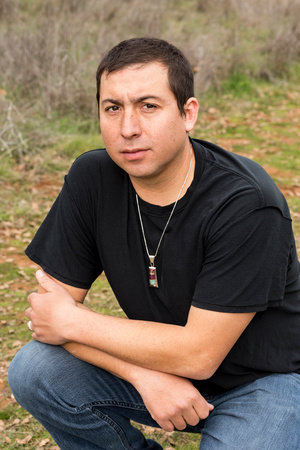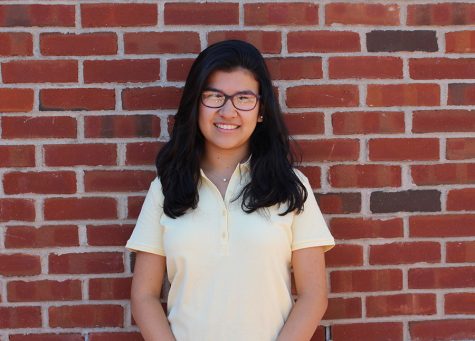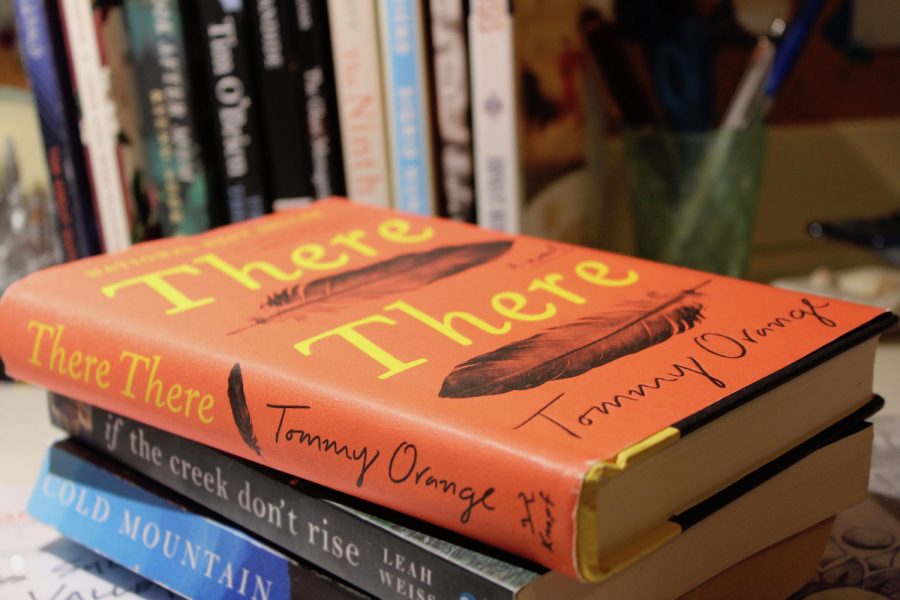Exploring culture, memory, and recovery: There There Book Review
Mr. Tommy Orange’s novel There There tells the stories of 12 urban Native Americans and their families. Sydney Kim ’20
Mr. Tommy Orange’s debut novel There There (2018) offers a new, startling perspective into the life of the urban Native American. This multigenerational novel, spanning from the late 1960s to the early 2000s, draws upon the lives of individuals to form a comprehensive narrative. Following characters through recovery, rediscovery, loss, and growth, There There turns American society inside-out to discuss topics ranging from alcoholism and gun violence to the strength of family.
Alfred A. Knopf published There There in June 2018. The company sold over 140,000 copies of the novel by October 2018, including those in digital, audio, and hardcover format, according to wsj.com. Shortly afterward, The New York Times included There There in its list of “The 10 Best Books of 2018.” This year, the novel was one of five finalists in the 88th annual California Book Awards competition. It also received a nomination as a finalist for the 2019 Pulitzer Prize in Fiction.

Mr. Orange lives in Angels Camp, California, and is an enrolled member of the Cheyenne Tribe and Arapaho Tribe of Oklahoma, according to pulitzer.org. He was born in Oakland, California, the primary setting of There There.
There There presents the perspectives of 12 Native Americans, many of whom are family. The majority of the novel traces the events prior to and in preparation for the Big Oakland Powwow, an event with which every character is involved.
Mr. Orange organizes the novel in six sections: the Prologue, Part I, Part II, Interlude, Part III, and the Powwow. Part I begins from the perspective of a 21-year-old Cheyanne man, Tony Loneman, who was born with fetal alcohol syndrome and lives in Oakland, California.
Ms. Angela Carstensen, Director of Library and Information Services, shared her thoughts on the structure of There There.
“I love novels with chapters from multiple perspectives,” Ms. Carstensen said. “[Mr.] Tommy Orange uses the technique particularly well in order to introduce readers to a variety of contemporary, urban Native American characters.”
Through complex characters, Mr. Orange also illustrates cultural inheritance. Orvil Red Feather, a 14-year-old boy, teaches himself traditional Native American dances by watching YouTube videos. His aunt, Opal Viola Victoria Bear Shield, discovers the difficulty of teaching children about their culture when she cannot precisely understand her own identity. He introduces the themes of memory and identity, revealing the mystery contained in personal, familial, and cultural history for Native Americans.
“We are the memories we don’t remember,” Mr. Orange writes in the novel’s Prologue, setting the scene for an exploration of time and a confrontation of culture.
Telling the story of a buried culture, the danger of modern technology, and the power of community, There There should be next on the reading list of every adult and mature high school student.
Ms. Joyce Reed, Middle School Science Teacher, offered her perspective on There There and the valuable insight that readers can gain from the novel.
“I loved how the story and characters develop, like turning a kaleidoscope and suddenly seeing a different picture from the same pieces,” Ms. Reed said. “It made me think a lot about the different layers of identity we all have.”
Featured Image by Sydney Kim ’20

Sydney is honored to be a part of the King Street Chronicle leadership as the 2019-2020 Managing Editor, Opinions Editor, Podcast Editor, and one of the...



Linda Vasu • Nov 1, 2019 at 4:08 pm
A wonderful review, Sydney. I was initially intrigued by Orange’s title, borrowed from Gertrude Stein’s comment about California, “There is no there there,” and there-after (pun intended) with his radical candor about themes of buried ancestral and cultural memories of brutal atrocities and trauma in need of reclaiming…and reconciliation. What do you think: would this make a good pairing with Beloved….
Mrs. Vasu